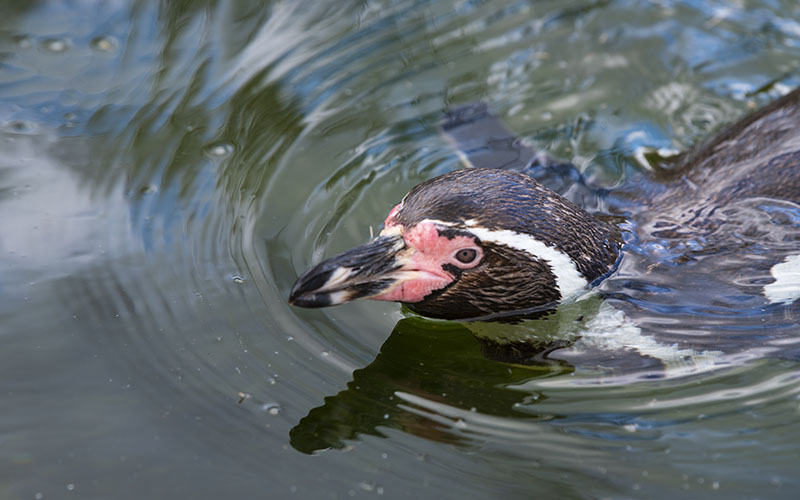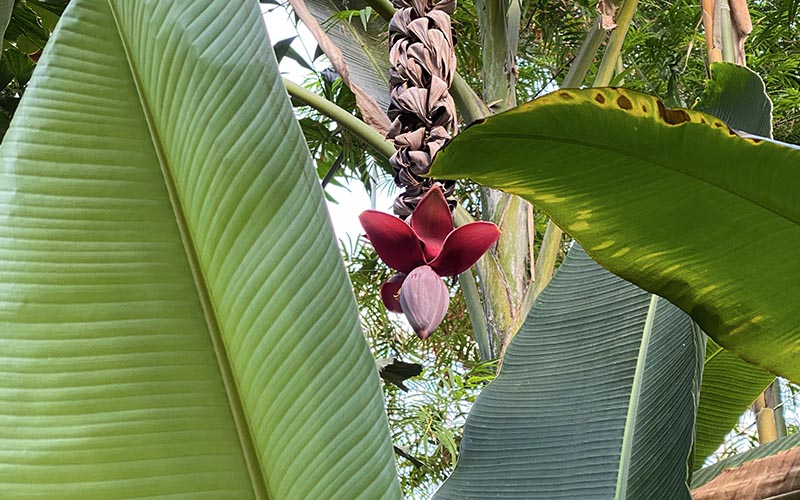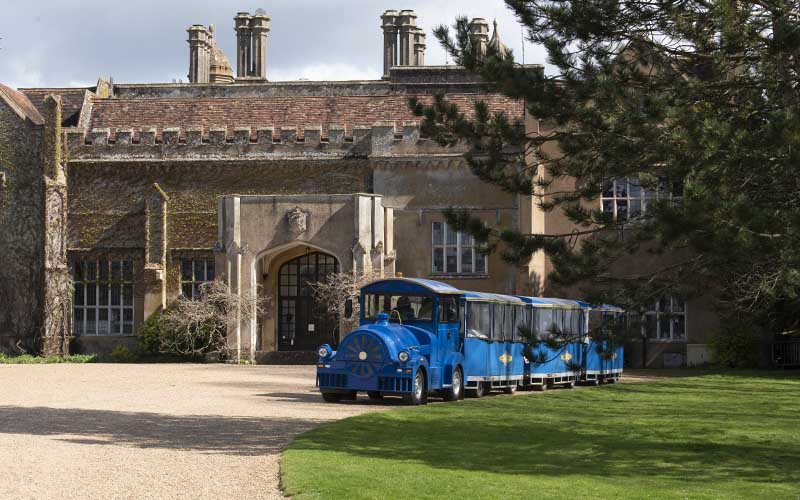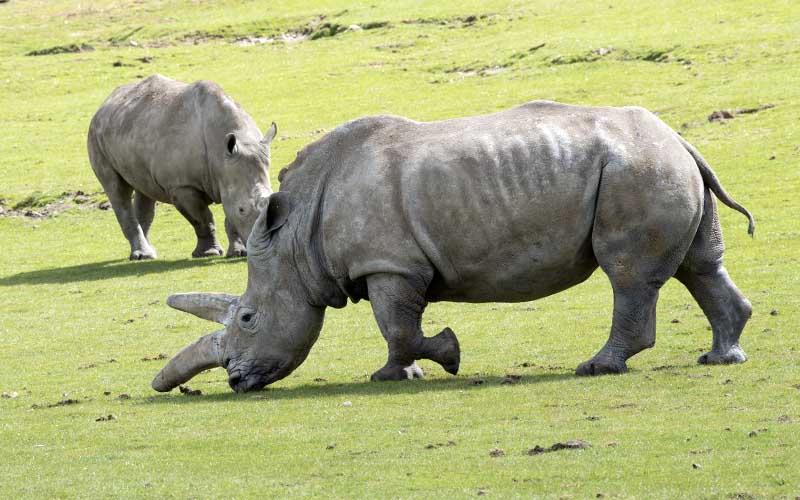It’s owned by Marwell Wildlife, a world renowned, action oriented charity leading conservation programmes in the UK and Africa.
This is often the first stop for visitors. There’s an opportunity to listen to a talk and see the feeding of the Humboldt penguins.

This is where you can come face-to-face with Santos, a Linne’s two toed sloth. Rica, the previous sloth, is part of the European Breeding Programme for the species and moved overseas to ARTIS Amsterdam Royal Zoo to join a breeding male.
Spanning two levels with fantastic vantage points, you can experience a diversity of wildlife and exotic plants in a tropical climate.
Tropical free-flying birds include Sclater’s crowned pigeon, crested wood partridge, white-naped pheasant pigeon, Nicobar pigeon, Eastern superb fruit dove, Brazilian tanager, Asian glossy starlings and Fischer’s turaco. You’ll also see butterflys flitting around.

The forest floor is home to Javan chevrotain (mouse deer), Burmese mountain tortoises and insects such as lesser goliath beetles. The Tropical House is also home to a crocodile monitor lizard and a colony of leaf-cutter ants.
The 70,000-litre aquarium is home to 2,500 fish which look spectacular as they shoal past the viewing window.
Marwell have a walkthrough aviary and cold blooded corner.
The walkthrough, ‘Lemur Loop’ is home to Black-and-white ruffed lemurs (Varecia variegata), a crowned lemur (Eulemur coronatus) and ring-tailed lemurs (Lemur catta) and you can get up close to them if they’re in the mood to come and investigate you.
This is the place for a close up encounter with Bennett’s wallabies.

Take a scenic trip on the road train past capybaras, flamingos, pygmy hippos and white rhinos. The non-stop service meanders around the outer perimeter of the zoo in a clockwise direction and you can get on it at Okapi Station near the tigers.

Related: